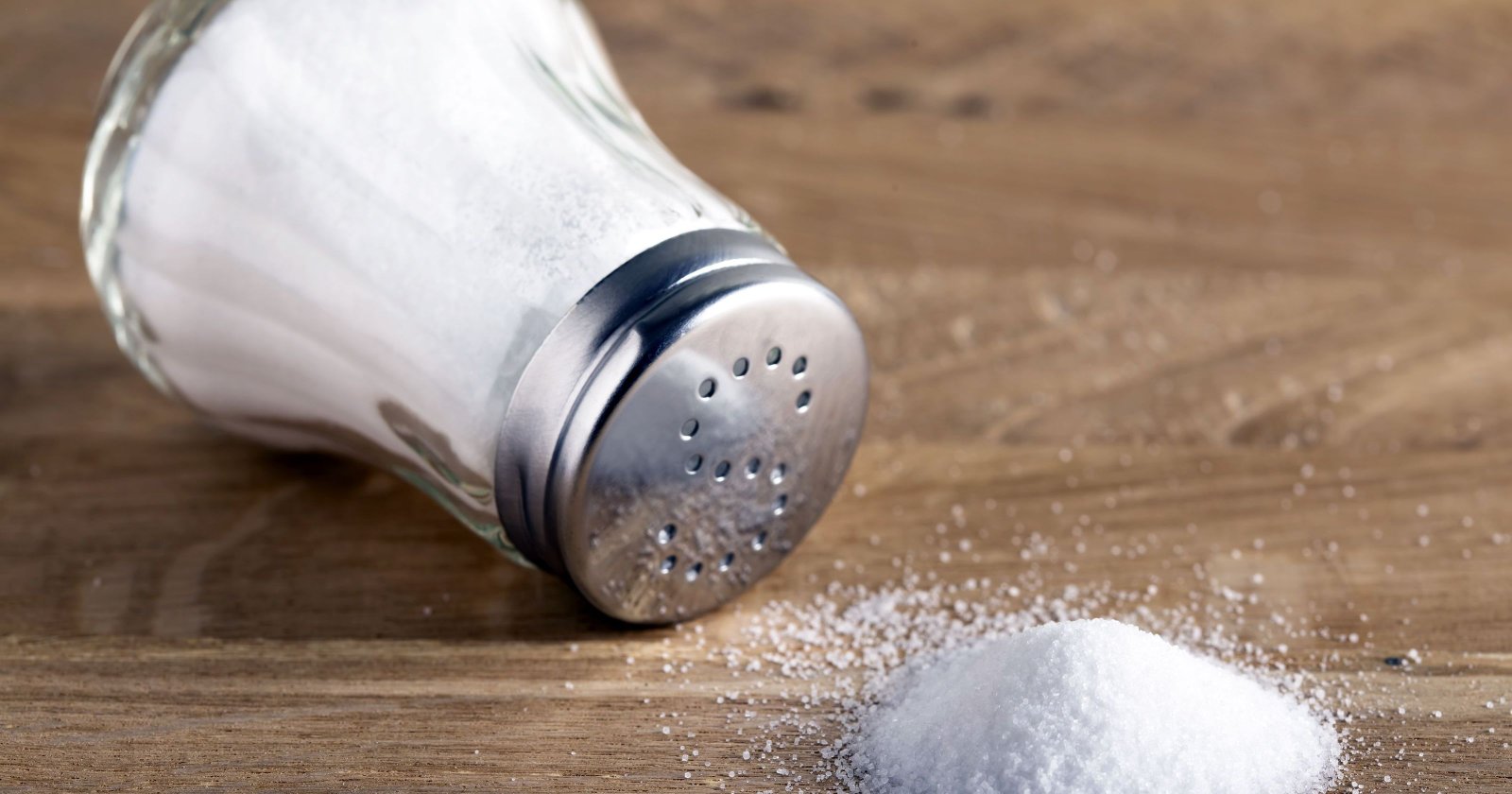Inside BENEO’s new pulse plant: pioneering sustainable protein from faba beans
Experts suggest that salt consumption should be limited to a teaspoon a day
The most basic ingredient of our survival necessity, food, is the pinch of salt we add in all our dishes. The sprinkle of those tiny white cubicles that rejoices our taste buds always appears harmless. However, a major part of table salt comprises of sodium (in the form of sodium chloride) which is a mineral found naturally in foods and has some serious effects on our health if not consumed in the right amounts. Salt is added to food as a preservative, to add flavor and to keep the food moist.
Experts suggest that salt consumption should be limited to a teaspoon a day which is usually 5 gm for a normal person without any comorbid condition. So a person can measure one teaspoon of salt and keep it aside for the entire day to be used for cooking.
Dietary restrictions tend to vary with individuals and it’s always suggested to consult a dietician or nutritionist who can better guide you for diets specific to your body and health conditions.
|
Health condition |
Ideal salt intake every day |
|
Normal person |
6 gm |
|
Hypertensive patient |
4 gm |
|
Renal patient |
3 gm |
While some salt or sodium is required to maintain the water balance in the body, an excess amount of it in a person’s diet can be harmful as it causes blood to hold fluid. Too much sodium also adds to the risk of high blood pressure, stroke, chronic kidney disease, and other severe health conditions. The extra fluid that builds up in the body increases the blood pressure, strains heart as well as the kidneys which can further cause puffiness, swollen ankles, shortness of breath and fluid around heart and/or lungs. Once the kidneys are damaged, they cannot filter excessed of sodium out of the system which leads to a rise in blood levels.
When a person is eating excess salt we need to drink plenty of water such that the electrolyte balance happens and the excess of salt is been thrown out in urine.
|
HIGH-SODIUM FOODS |
LOW-SODIUM ALTERNATIVES |
|
Salt |
Salt-free herb seasonings |
|
Canned, processed and frozen foods |
Low-sodium canned foods |
|
Hot dogs and canned meat |
Fresh, cooked meat |
|
Packaged rice/noodles/vegetables with sauce |
Plain rice/noodles without sauce |
|
Regular tomato sauce |
Reduced-sodium tomato sauce |
|
Snack foods like chips and crackers |
Unsalted pretzels/ popcorn, tortilla |
|
Salty seasonings like soy sauce |
Fresh vegetables, homemade soup |
As impossible as it may seem, doing away with salt does not equal to doing away with flavor; only if you are eager to adorn that creative hat and experiment with your food and flavors with a variety of alternative seasoning of herbs and spices. Experts constantly highlight that no matter the time it may take to appreciate low-sodium foods, the results will go a long time in improving the health of your kidneys and your heart.
Some alternatives that can be used in place of salt are:
- Use fresh garlic/onion, garlic/onion powder, black pepper, lemon juice, vinegar, onion pickled in vinegar, Italian herbs
- Make your sauces at home or take low-sodium sauces and salad dressings, dry mustard
- Opt for fresh beef, veal, pork, poultry, fish, eggs or low-salt deli meats
- Prepare your own soups and casseroles without added salt with fresh vegetables
A few low-sodium meals that are worth trying for:
- Pasta with basil flavor
- Steamed herbed vegetables with – Thyme
- Ginger poached chicken, chicken with sweet & sour onions
- Chicken fajitas
- Muffins
- Spring vegetable and herb frittatas
Low-sodium benefits
Our tongue has five receptors; salty, sweet, bitter, sour and umami (savory). The cravings for the first two can be triggered easily and are also responsible for major health concerns and so it becomes important to monitor the intake.
However, you should be careful too as consuming too less quantity of salt than the normal requirement can also be problematic, causing hyponatremia and disorientation, sometimes cramps in the legs can also be caused. Lowers blood pressure, LDL cholesterol, bloating and swelling as well as hardening and thickening of arteries
- Reduces the risk of a heart attack, kidney damage, stroke, brain aneurysm, diabetes, dementia, hypertension
- Prevents congestive heart failure
- Protects vision and improves memory
Pavithra N Raj, Chief Dietician, Columbia Asia Referral Hospital Yeshwanthpur, Bengaluru

